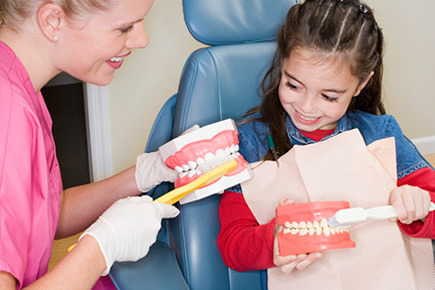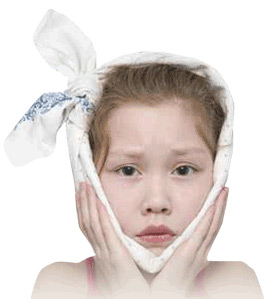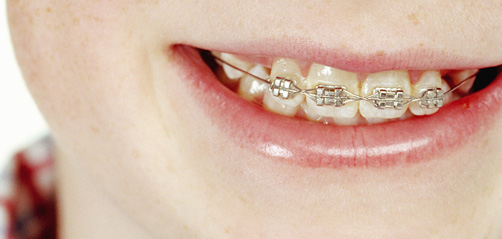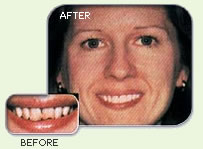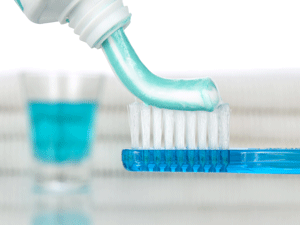
Preventive Dentistry
Preventive dentistry emphasizes the importance of ongoing hygiene procedures and daily practices to prevent tooth decay and other dental diseases and conditions. Effective preventive dentistry combines at-home oral care by patients with chairside treatments and counseling by dental professionals.
- Preventive dentistry
- Fluoride treatment
- Sealants
- Mouth guards to protect teeth and to prevent sports injuries
- Interceptive orthodontics
- Dental education in a comfortable and caring environment
- Immediate emergency care

